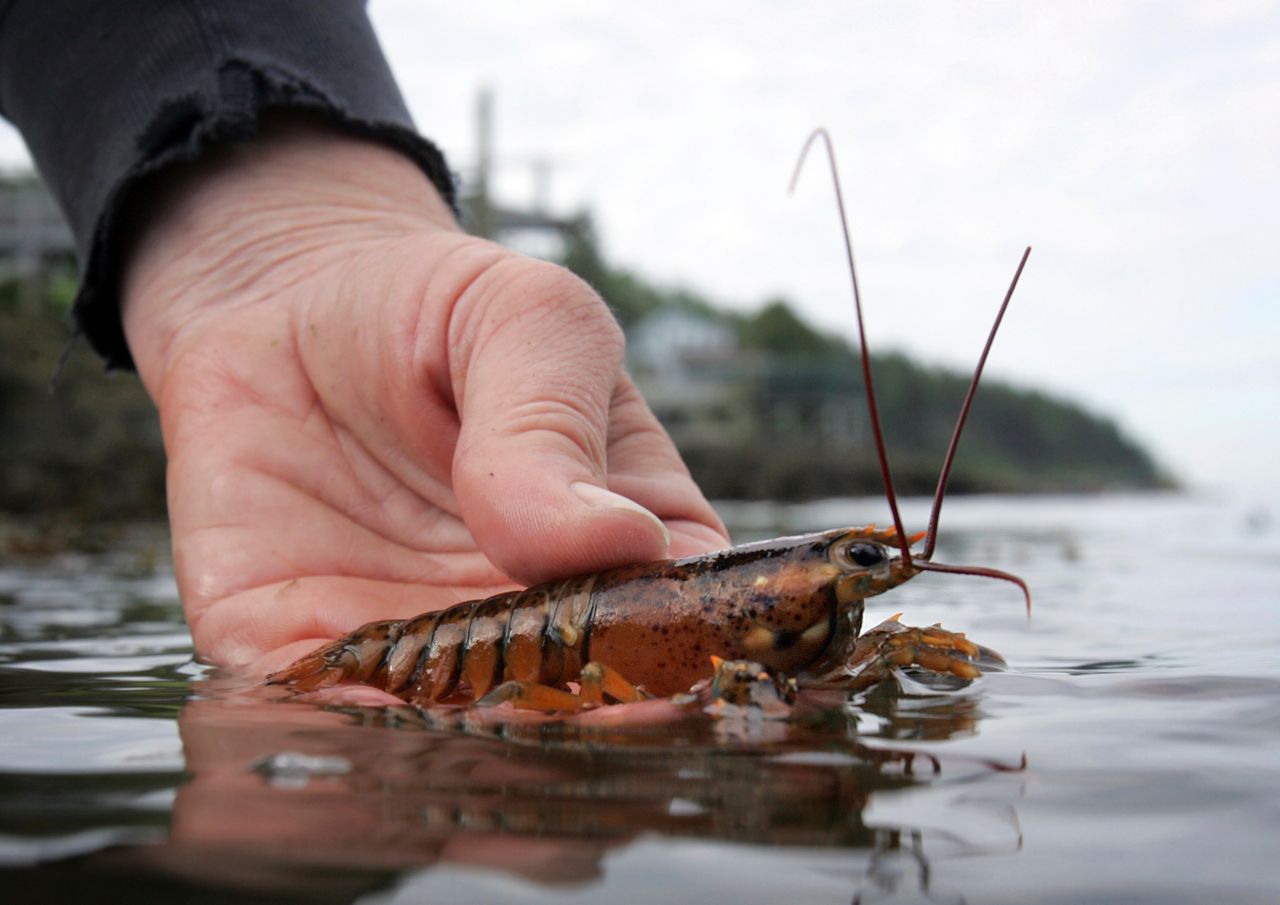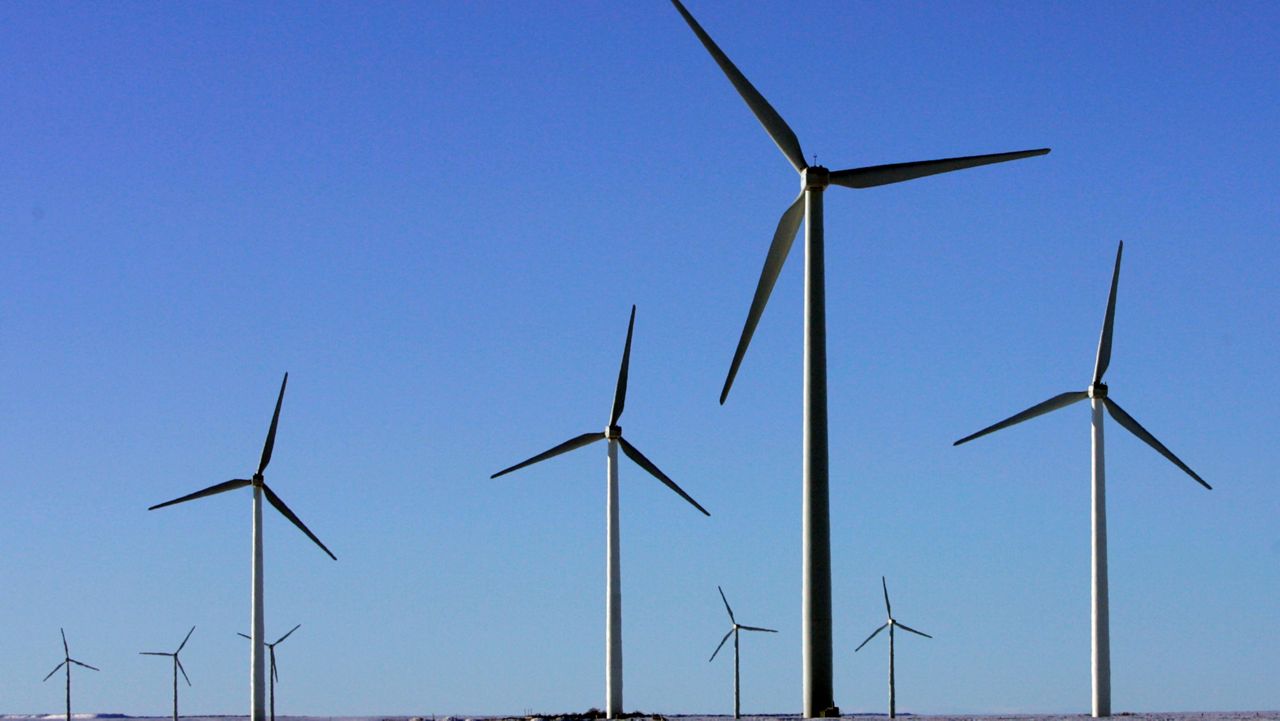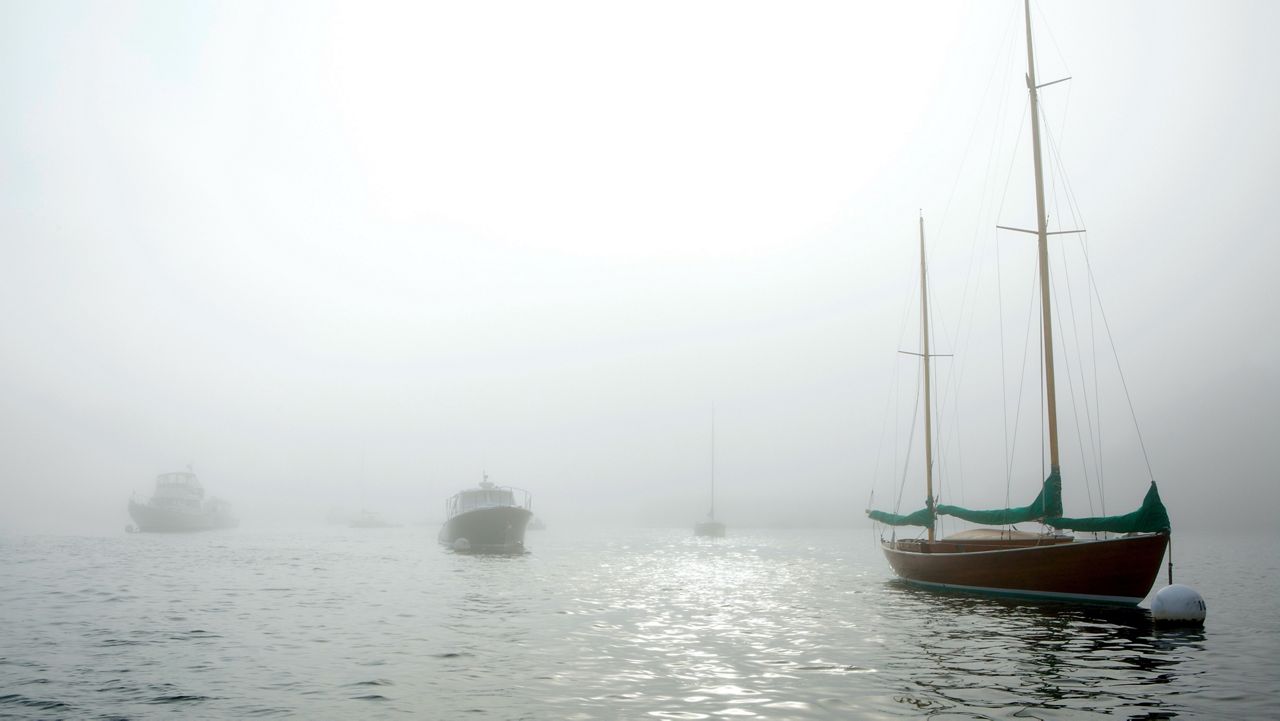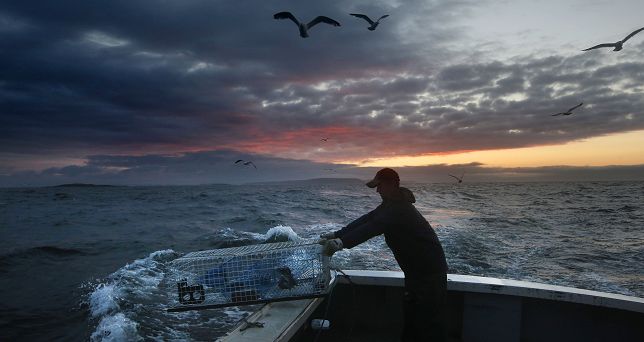New data show the population of baby lobsters off New England is below average, raising concerns about the size of future commercial hauls of the valuable crustaceans as waters warm.
The baby lobsters settle at the bottom of the ocean, take shelter, and grow. Members of the fishing industry closely watch trends about lobster settlement because they provide an insight into what the population of adult lobsters, which are trapped by fishermen, could look like in future years.
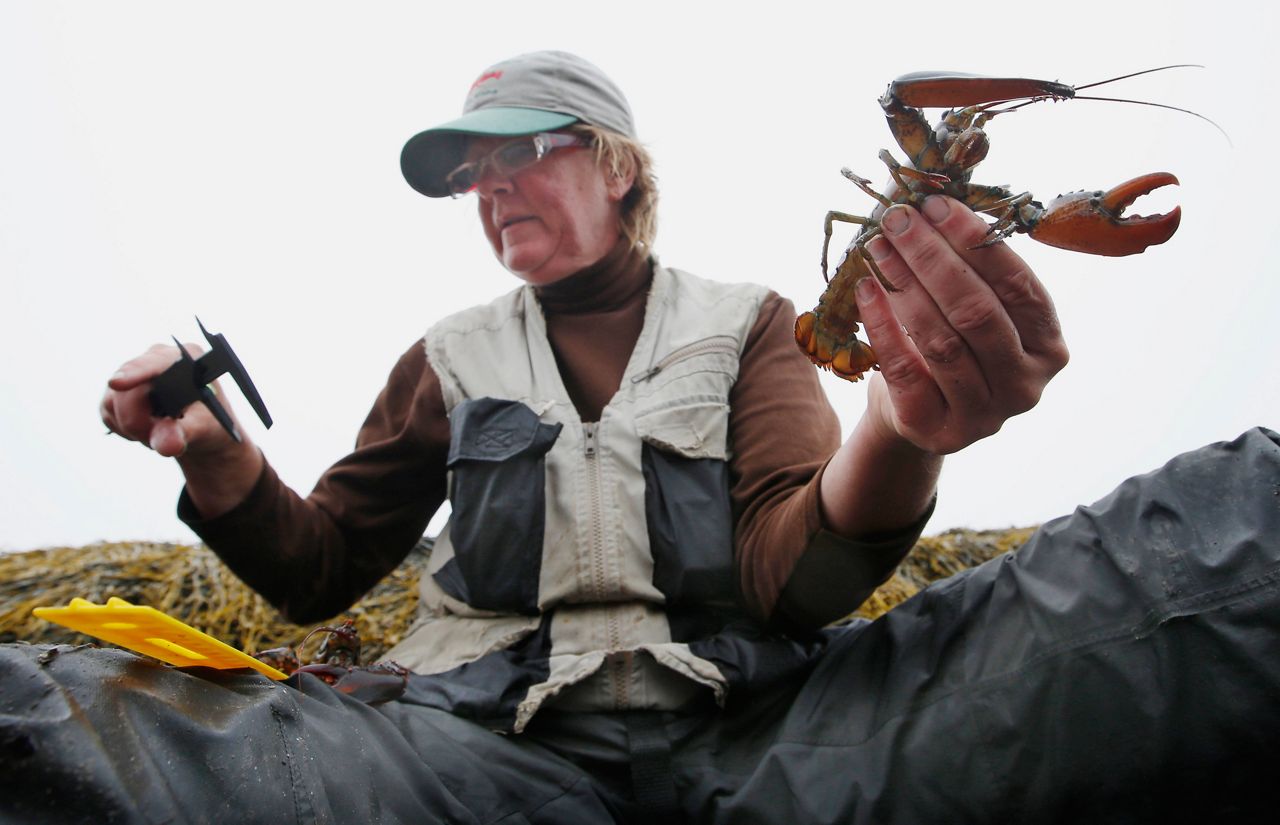
University of Maine scientist Rick Wahle, who has documented baby lobster density for decades, said a trend of below average settlement numbers in the Gulf of Maine extended into 2021. The gulf stretches from Canada to Cape Cod and is critical to the lobstering business.
Meanwhile, there was a moderate uptick in baby lobsters in the southern Gulf of St. Lawrence, where some Canadian fishermen harvest lobsters, Wahle said. The trends illustrate the northeastward shift of the lobster population as waters warm, he said. Lobster catch has cratered off of southern New England locations such as Buzzards Bay, Massachusetts, and is growing off of places like Newfoundland, Wahle said.
“For the Gulf of Maine, numbers are pretty much on par with last year, meaning they are still rather low,” he said.
The lobster settlement trends are happening at a time when America's lobster industry, which is based mostly in Maine, has been strong. Maine fishermen have brought more than 100 million pounds of lobsters to the docks in ten of the last 11 years after never topping that figure previously. The lobster fishery is one of the most valuable in the U.S. and was worth more than $700 million at the docks last year in Maine alone.
But the fishery is dependent on young lobsters reaching maturity, and Wahle's studies have shown a steady decline of baby lobsters at New England sample sites over the last several years. Lobsters take about five to eight years to reach maturity.
The trend of decline in the Gulf of Maine is happening as the body of water is heating up faster than the vast majority of the world's oceans. Scientists have said that has led to the lobster population creeping north in search of ideal temperatures. Lobsters also appear to become more susceptible to disease when waters warm, scientists have said.
The lobster industry is also facing challenges such as new rules designed to protect rare whales and rising costs of necessities such as bait and fuel. Protecting the industry is critical for Maine's economy, Maine Gov. Janet Mills said in February, when the state announced the size of the 2021 catch.
Lobstermen brought more than 108 million pounds of lobsters to the docks last year. That was up more than 10 million pounds from the previous year.
“The Maine lobster industry remains a cornerstone of our state's coastal economy and identity because of the uncompromising commitment to quality that follows every lobster, from trap to table,” Mills said.





